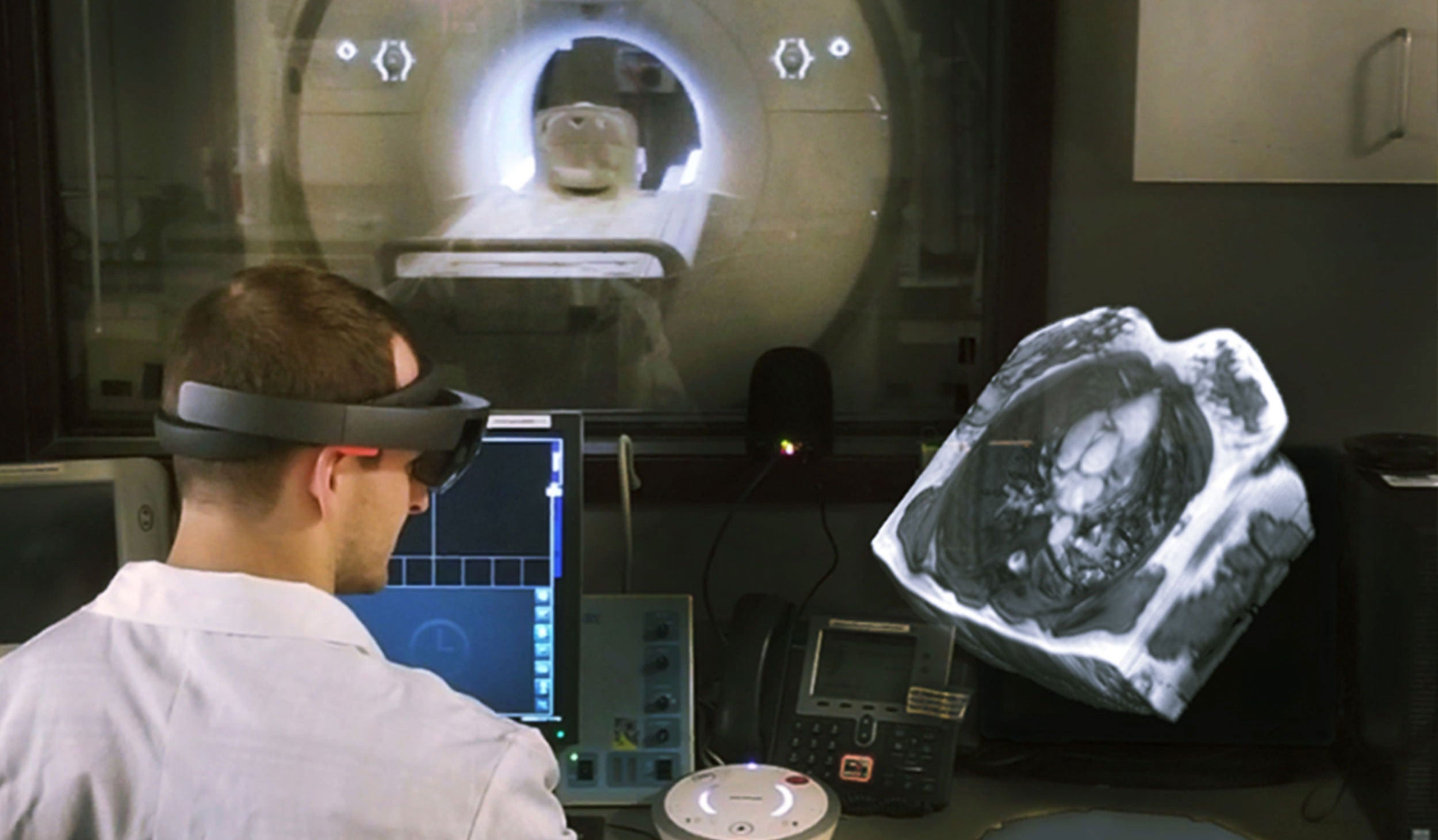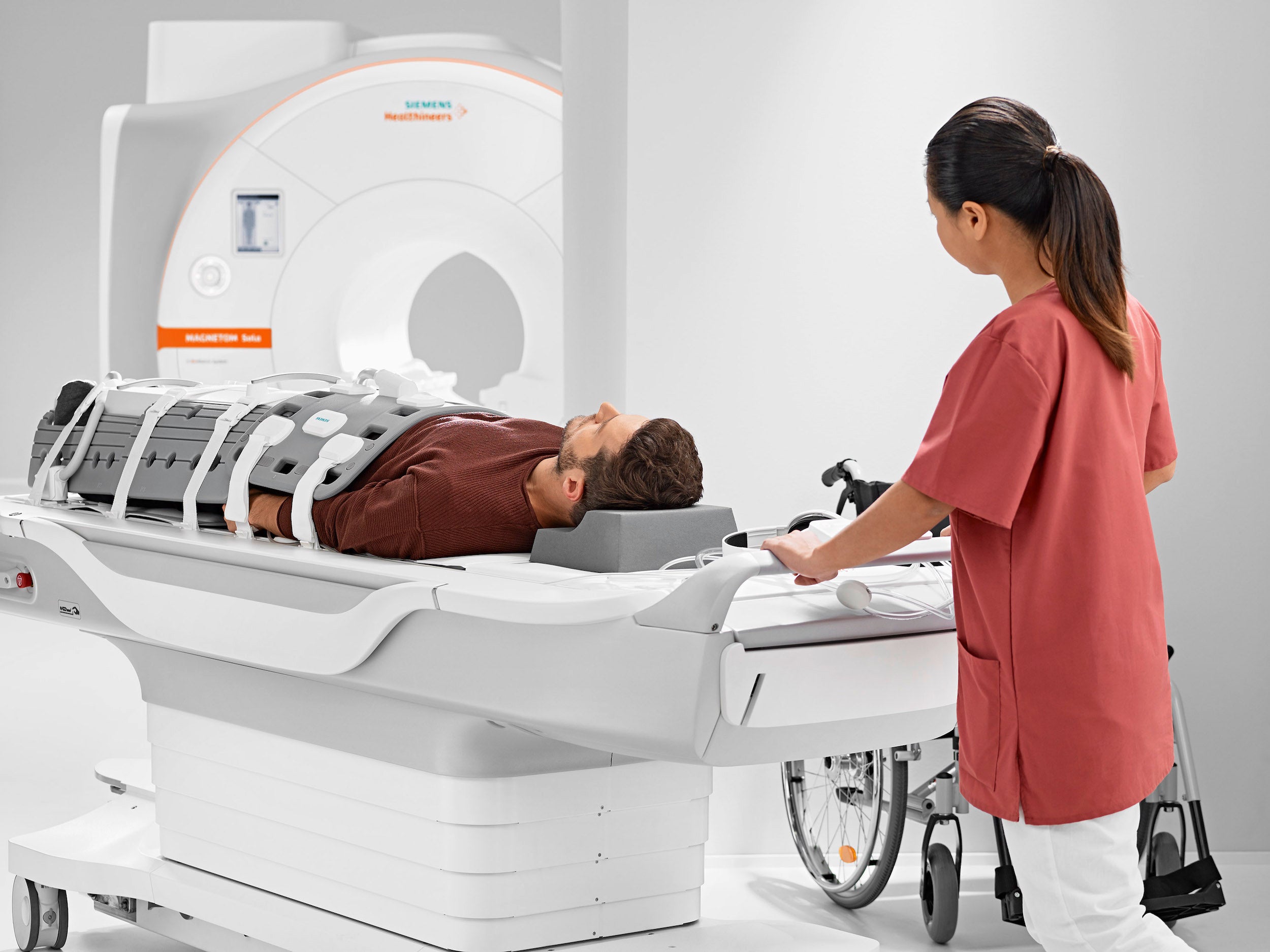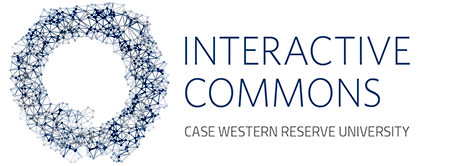Dominique Franson and Andrew Dupuis, CWRU

Microsoft algorithms increase scan precision, speed
CWRU’s breakthrough, Magnetic Resonance Fingerprinting (MRF), surpasses traditional techniques by providing quantitative information; the resulting increase in accuracy is akin to using a thermometer to check for fever, versus feeling a forehead.
MRF’s immense amounts of data pose enormous processing challenges. While exponentially more powerful quantum computers are not yet a full reality, Microsoft developed quantum-inspired algorithms that work on existing machines. The result: 30 percent more precise findings, and up to three times faster scans.
Each Tissue Unique
Magnetic Resonance Fingerprinting (MRF) operates on the premise that each tissue has its own distinct “fingerprint” that can be identified through a new approach to conducting MRIs. MRF offers earlier and more accurate identification of potential disease—but also involves a huge amount of data.
Quantum computing provides a way to overcome that obstacle, in that its greater processing power would allow calculations impossible using current means.
Read More in The Daily

The original MRF research team: From L-R Kecheng Liu, Jeffrey Sunshine, Vikas Gulani, Jeffrey Duerk, Dan Ma, Mark Griswold, Nicole Seiberlich


Image: Dan Ma & Mark Griswold
More Resources
New MRI method fingerprints tissues and diseases, leading to earlier, quicker diagnoses
Magnetic resonance fingerprinting
Medical imaging: Sleuthing tissue fingerprints
MR fingerprinting using fast imaging with steady state precession (FISP) with spiral readout
MR fingerprinting for rapid quantification of myocardial T1, T2, and proton spin density
Fast 3D magnetic resonance fingerprinting for a whole‐brain coverage
Magnetic Resonance Fingerprinting - A new dimension in quantitative MRI



